With the continuous efforts of Tibetan people and the financial and material help of other Chinese people, conditions of health facilities in Tibet have considerably improved in recent years. A complete network of hospitals, public health centers, clinics and other medical institutions at levels of province, city, county and township have long been well established. The population of doctors, dentists, nurses per 1,000 persons has grown to even larger than that of some other provinces in China. The professional quality of hospital personnel is also on the rise. Many of them have produced remarkable achievements in their fields. Medical equipment has developed greatly; some of it further advanced compared with many other places in the world. More medical infrastructures are provided to satisfy the needs of patients.
Where can I find quality Tibet Hospital if I am ill in Tibet tour?
The history of the Tibetan Traditional Hospital can be traced back to 1916. Named Mentsekhang in Tibetan, it began as a regional government teaching organ in which Tibetan doctors and astronomers were trained. In 1959, the government merged Mentsekhang with another medical college, which was formerly situated on the Chakpori Hill. In this way the Tibetan Traditional Hospital and its associated Tibetan medicine factory, were founded. The clinic of the hospital lies in the Barkhor Street , to the west of the Jokhang Temple.
Besides the Tibetan people's own experience, the development of Tibetan traditional medical science has a close relationship with Chinese and Indian traditional medical science. The main diagnostic methods Tibetan doctors use today are almost the same as traditional Chinese medicine. In the seventh century, when the Princess Wencheng came to Tibet, she brought a Chinese medical book and Chinese doctors to the Tibetan People. The next Chinese Princess, Jincheng brought another medical book to Tibet and some more doctors as well. In the eighth century, a famous Tibetan doctor, Yutok Yonten Gonpo went to India to study Indian medicine. This knowledge greatly accelerated the development of Tibetan medical science. This doctor learned a lot from Chinese and Indian traditional medical science and incorporated his knowledge into the system of Tibetan medical science.
Numerous Thangkas , hanging on the walls of the hospital, contain the Tibetan medicinal knowledge in all of its aspects, from the beginning of Tibetan medicine, to pictures of human anatomy, to methods of treatments, dietetics, acupuncture and so on. The medical Thangkas depict them with succinct pictures and brief words. This kind of Thangka is an important tool in the teaching of Tibetan medicine.
Tibetan medicine has drawn a great deal of attention from all over the world because of its striking effects on a variety of diseases, such as cranial vascular disease, chronic hepatitis, atrophic gastritis, hypertension, cardiac disease, and cerebral hemorrhage, to name a few. Large numbers of foreign experts and scholars come to Tibet each year to study and investigate Tibetan medicine. Some countries have even introduced Tibetan medicine to their home countries.
Hospitals in Lhasa
Like other hospitals, hospitals in Tibet are divided into several departments, such as Medical Department, Surgical Department, Dental Department, Dermatology Department, and Department of Gynecology. Some hospitals mix Tibetan Medicine, Chinese Herbal Medicine and Western Medicine together with surprisingly good outcomes. Some hospitals feature in research on the unique functions of Tibetan Medicine.
Presently, in Lhasa hospital facilities include the People's Hospital of TAR (Tibet Autonomous Region), the Second People's Hospital of TAR, the People's Hospital of Lhasa, and the General Hospital of Tibetan Military Region. Patients receive a warm reception and careful treatment in these hospitals. Hospital conditions in remote counties may not as good as those of Tibet and in mountainous areas; one may not access any medical service. Accordingly, tourists should take with them necessary medicines.
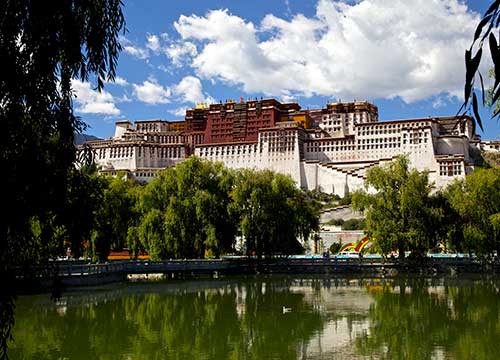
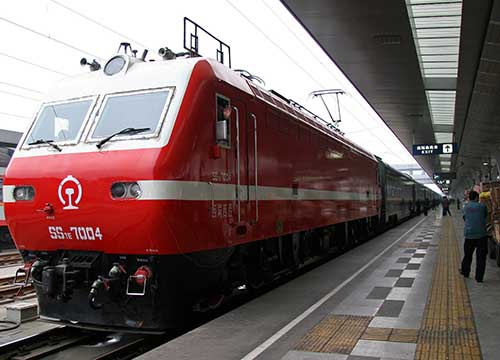
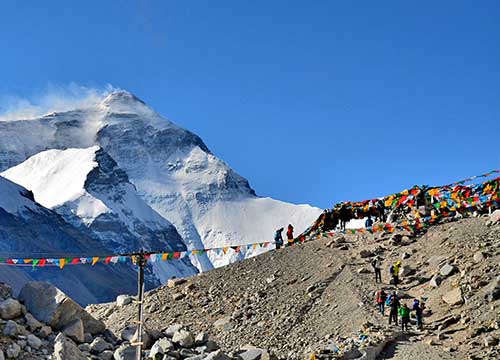
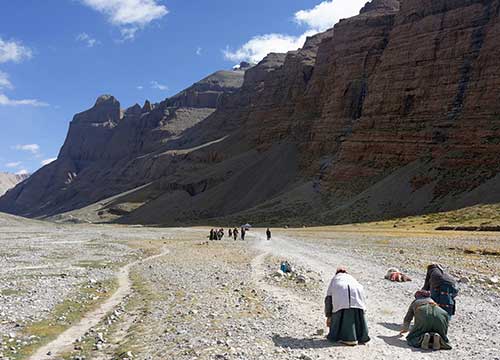
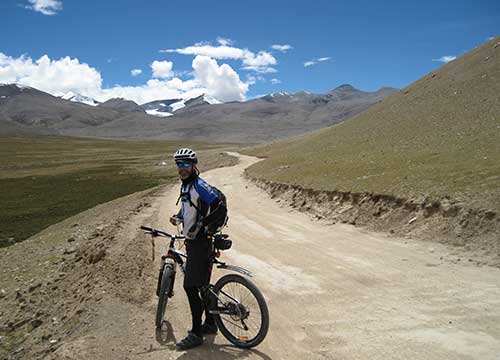
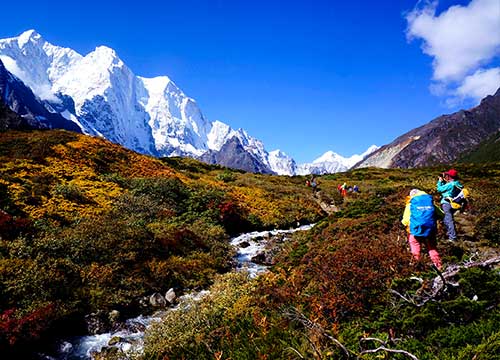
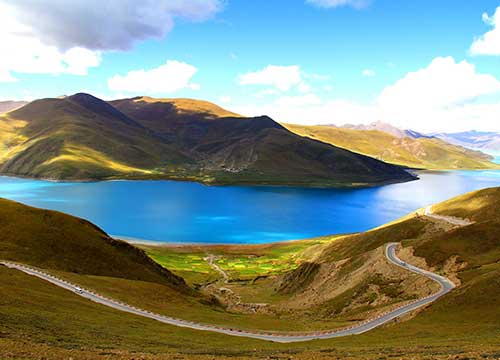
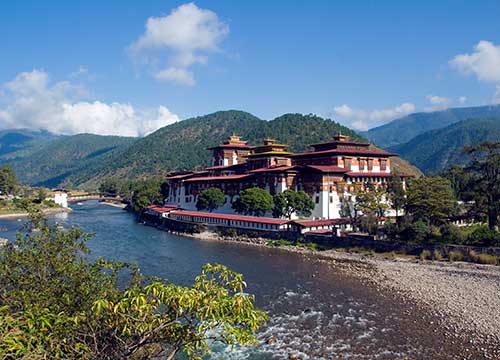
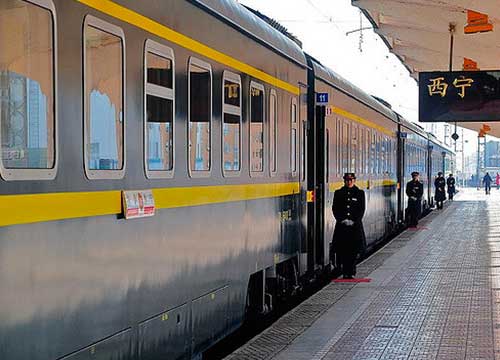
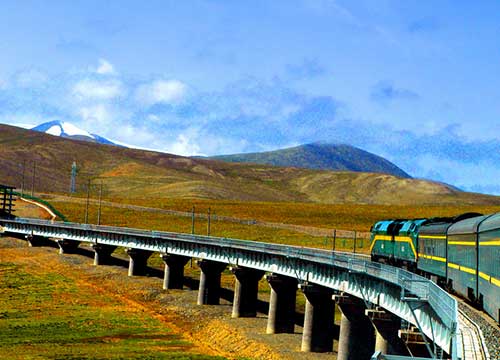
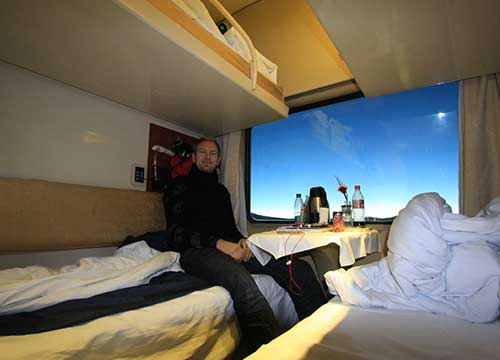
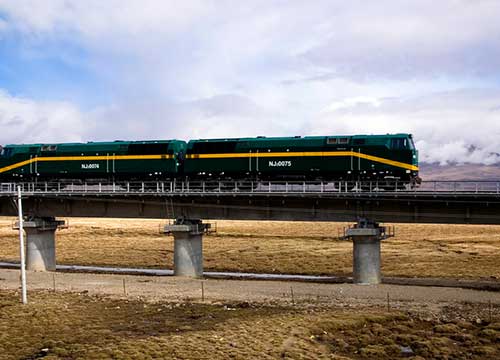
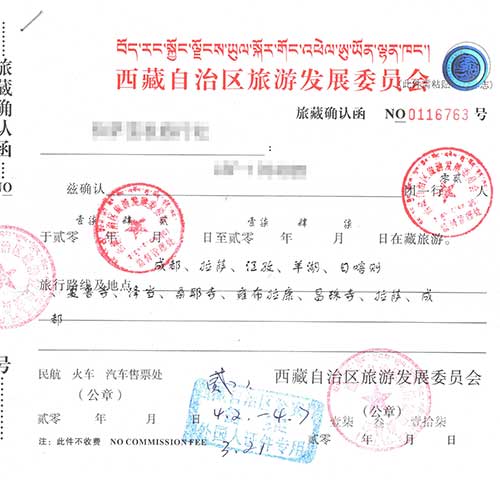
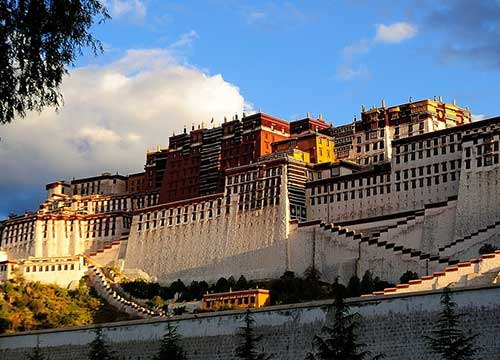
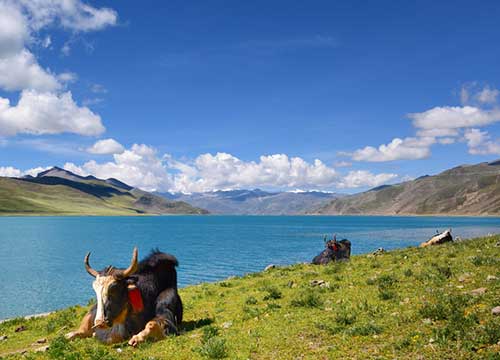
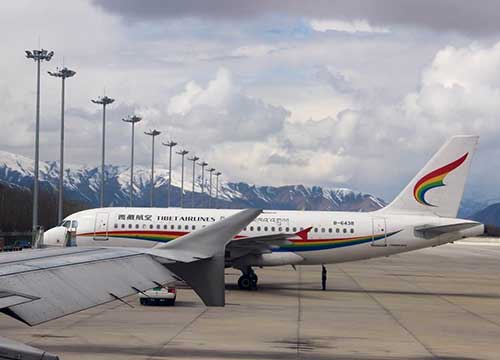
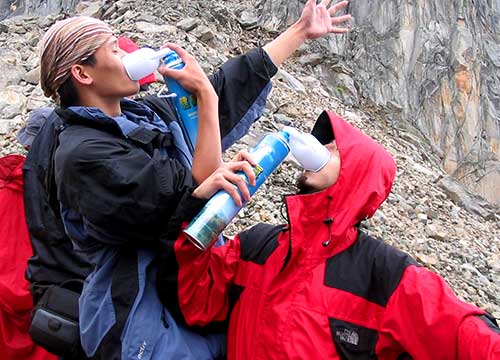
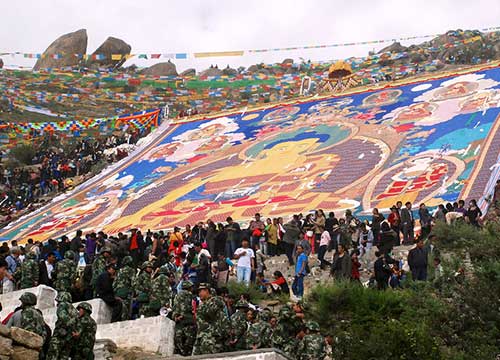

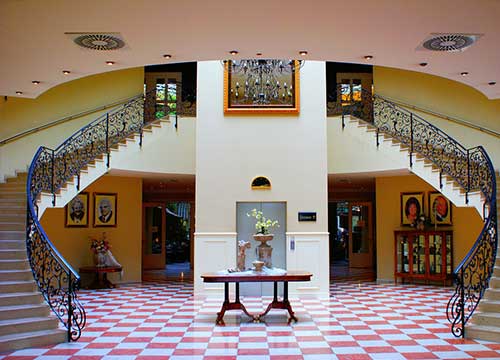
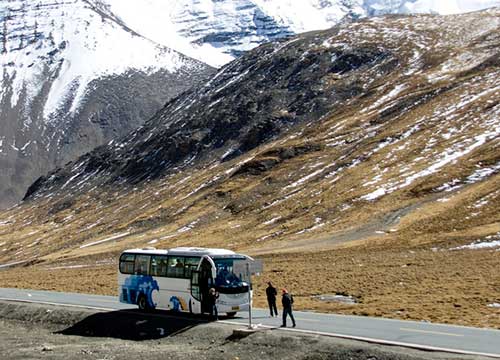
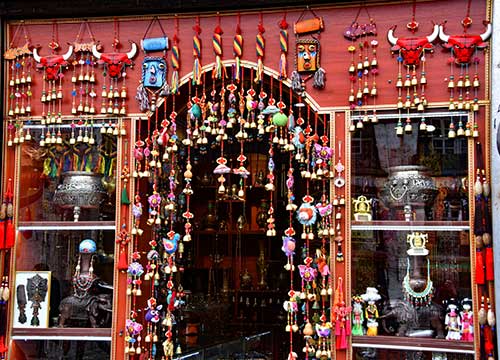
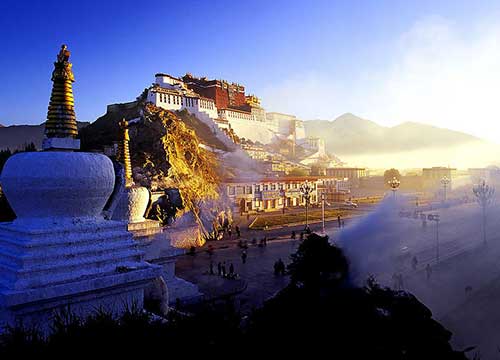
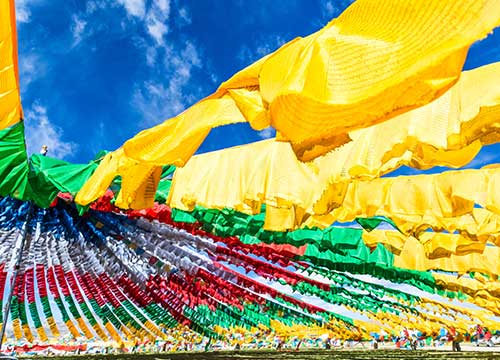
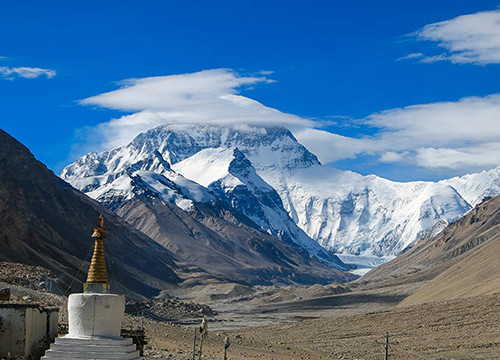
 Data in submission...
Data in submission...